On a chilly winter day in Seoul, South Korea, a near-capacity crowd fills a TV studio in an industrial district on the city’s western limits.
They’ve come to watch the best StarCraft: Brood War players in the world go head-to-head in a tournament called the SonicTV Starleague, the highest competition for arguably the most challenging esport, or competitive game, of all time.
In the 13th game of the season, Ha “Sky” Neul , a young 19-year-old Protoss player known for his unorthodox play, tries to sneak his entire army into his opponent’s base. The maneuver depends on a slow-flying craft, called an arbiter, that can teleport in friendly units and then cloak them, rendering them invisible to enemies. If Ha’s ploy works, he could engineer a comeback and win the deciding game of the series.
Instead, the gambit’s a catastrophic failure. Ha’s Protoss army is met by a deadly minefield. The Terran opponent, Ku “HiyA” Sung Hoon, turns out to be nearly clairvoyant. The Protoss army goes up in blue flames. The screams of Ha’s dying digital units are shortly drowned out by the commentators, who can barely contain their glee at the stunning collapse.
In the split-second that the camera cuts to his face, Ha is emotionless. He loses the game just a few minutes later, and he’ll be eliminated from the tournament by the end of the day. The television crew pans out over the crowd and waits for the next contest to begin.
If you’re a fan of Brood War, the 16-year-old title that was the most competitively played video game in the world until 2010, this a scene like that sounds like something from the last decade. It’s a memory of a time when StarCraft was the king of esports.
But Ku’s big Brood War win took place just this month. Rather than a memory, it’s an anachronism.
A few weeks ago, chess legend Garry Kasparov hit on what he considered a fundamental difference between esports and classic strategy games like chess.
People get bored with a computer game as soon as a new one comes out with slightly better graphics. Chess has captivated us for centuries.
— Garry Kasparov (@Kasparov63) December 26, 2013
StarCraft 2 seemed to be a perfect case study of Kasparov’s point. Brood War, which inspired unparalleled play and devotion, was thrown out when a good, but not as good, sequel was released.
Compared to chess, esports are young and seemingly constantly in flux. Will we ever see a timeless game?
The vibrant tournament circuit in Seoul and that night when Ha lost spectacularly may be an indication that the answer is yes. Brood War is refusing to die. And when it comes to old but great esports games fighting to stay alive, the original StarCraft is far from alone.
In esports, sequels can kill.
It takes a dynamic competitive community to maintain an esport. When high-profile sequels come along and suck the life out of the original game’s fan base, once-populous servers can become ghost towns.
Counter-Strike, once the most popular online game in the world, suffered this fate in 2004. Counter-Strike: Source took a bite out of the original game’s fanbase but, most importantly, took away millions of dollars in sponsorships and production money—dollars necessary to build a professional esports circuit.
Counter-Strike: Source was attractive to sponsors in large part because it was newer and prettier than the original. It didn’t matter that the sequel’s gameplay was plainly inferior, which pros everywhere complained about.
When the Source bubble burst in 2008 punctuated by the collapse of DirecTV’s Championship Gaming Series (CGS), some corporate sponsors were scared off of esports for years. The CGS debacle helped to precipitate a collapse in esports that killed off a wide range of leagues and teams, forcing a major realignment. The esports industry didn’t truly recover for several years.
Other mediums don’t suffer from sequels on this scale. A bad part two in a movie series may at worst be an embarrassment—it won’t kill the original. That’s the case in esports. As seen with Counter-Strike: Source, shoddy sequels are slight-of-hand games, with bells and whistles that attract players and businesses, undercutting the original’s esports.
When first-person shooter franchises like Doom and Quake helped usher esports into the spotlight in the ’90s, no one imagined what might happen to a competitive game 20 years into their lives. Even after all these years, fans are still playing them, because no one’s produced a quality replacement.
Even as sponsor money slowed to a trickle, dedicated fans have kept old esports alive.
The old school shooter scene is fragmented into relatively ancient games like Doom 2 (released in 1994), Quake World (1996), Quake 2 (1997), Quake Live (released in 2010 as a remake of 1999’s Quake 3 Arena), and Urban Terror (2000). Each game sports a population of a few hundred regular players at most today, a far cry from their apex. But the small communities show no sign of whimpering out.
TastySpleen.tv, managed by esports veteran Alex “Jehar” Popa, runs regular competitive events aimed at bringing new blood into the notoriously closed-off community of old shooting games, like Quake and Doom 2.
Why do these players cling to old games? Why not move to the new games with competitive scenes of their own like Call of Duty?
The answer, according to Popa and the players stuck on old-school shooters, is simple: Gameplay.
Despite Kasparov’s valid points, graphics are hardly the be-all-end-all of a game’s longevity. No developer has made a game that can succeed the likes of Quake 3 Arena in over a decade. It’s a fast-paced one-on-one battle in which a player’s mental and physical dexterity is on full display. For a viewer, it’s easy to understand and get excited about that kind of battle. For a player, it takes a second to learn but years to master.
Quake and its ilk are challenging games. Many older games, epitomized by Quake and Brood War, are harder than almost any modern esport, Popa explained.
“Barrier-of-entry is probably the hardest pill to swallow,” Popa told the Daily Dot. “In the ‘90s, PC gaming had a bit more of a learning curve in general, and the choices weren’t as wide.”
Whereas Quake is a solo game (the one-on-one shooter genre is called “deathmatch” by fans), popular team games like Counter-Strike and League of Legends “dilute any feelings of failure if you’re not doing well.”
“Quake asks a lot from it’s players, and right now there are a million titles that offer a bit more sugar while you’re climbing the skill ladder,” Popa said. “But I’ve always held that games don’t age, and an experience that was enjoyable 10 years ago is still enjoyable now.”
Fan sites like ESReality.com, Crossfire.nu, and QuakeWorld.nu have kept the deathmatch flame burning for over two decades. They host forums, post news, run tournaments, and keep the light on for fans who want to keep playing their favorite game.
Outside of shooters and StarCraft, other esports games like Age of Empires 2 (released in 1997) have seen high-profile tournaments shine new spotlights on old classics. An upcoming $50,000 tournament for Age of Empires is a rare major event for a game that hasn’t seen big time competition in over a decade.
Age and even sequels don’t necessarily kill good esports titles. It just takes the right kind of players and community to keep an esport alive.
The second coming of Brood War is organized by Hwang “Sonic” Hyo Jin, a messianic figure single-handedly responsible for organizing the game’s greatest league.
Shortly after it was released in 1998, StarCraft: Brood War, rose to become the most successful esport on the planet, a position it would occupy for a decade. The game was featured in top-rated television shows, found major corporate sponsors, and boasted a the highest quality production in esports. Korean Brood War pros were by far the highest paid, most stable, and best respected players in the industry. The game filled Korean arenas and attracted crowds of thousands.
Today, Brood War’s home is a 100-capacity TV studio on the seventh floor of a nondescript office building in a quiet Seoul neighborhood. It’s a downgrade. But Hwang’s SonicTV Starleague is seen by some of the Brood War faithful as a near-religious event. Even in the depths of a very cold Seoul winter, dedicated fans made the pilgramage out to watch Ha lose to Ku on Jan. 11, 2014.
The Brood War resurgence is spreading elsewhere, too. GomTV, a major television channel in Korea, is bringing Brood War back to TV by reviving an old tournament series dubbed the GomTV Classic. Beginning Feb. 9, it will feature many of the best players in the world.
“There are still many StarCraft 1 fans and we couldn’t look down on their passion,” GomTV’s CEO, Kwack Jungwook, said.
What makes Brood War stay so much more popular than other games of its era? Brood War is still a singularly great game.
At the highest levels, Brood War might be the hardest esport ever. The combination of speed, decision-making, multitasking, creativity, stamina, and pure smarts required to succeed is staggering.
There’s a vast diversity in Brood War that simply doesn’t exist in any other game. The game utilizes every pixel on the map by demanding that players keep moving, keep fighting, and keep exploiting the terrain around them.
Whereas StarCraft 2 units often move alike as faceless clones into a blob, Brood War units move like individuals. In the same way a rook and bishop move differently, so too do the soldiers of Brood War. The diversity requires precise control and great attention to wield an army effectively but it also allows players to do more with the tools they’re given.
Koreans were brutally efficient at producing great StarCraft talent. It wasn’t uncommon to hear of Korean professionals training over 10 hours per day, focusing on the game at the expense of all else. That’s a model that other countries have failed to replicate
With a singularly intensive training regimen and the best esports infrastructure on earth, Koreans raised Brood War play to an art form.
Brood War is still so well loved even among StarCraft 2 players that it’s inspired years worth of emulations and clones from fans who built modifications. StarCraft 2: Brood War attempted to directly clone Brood War into the StarCraft 2 engine. A recently popular mod called Starbow took the best ideas from both games and created something entirely new. It’s seeing a surge in popularity, thanks largely to those timeless Brood War game mechanics.
The renewed fervor around Brood War is global. At places like Team Liquid and Reddit, the two top English-language StarCraft websites, there’s been an almost palpable swell in Brood War support. In Korea, a recent SonicTV Starleague broadcast reached over 20,000 viewers on Afreeca, the top Korean video-streaming website.
On Dec. 9, 2013, Monkey3, a Korean music website, announced that it would be sponsoring the next iteration of the SonicTV Starleague. The contract subsequently fell apart in the next few weeks, leaving the organizer to pay for the entire event with his own company.
Brood War is a small game relative to what it once was. So worried fans were thankful to just have Hwang willing to invest so much time and money in the first place.
“I must apologize to the players and fans who had been anticipating and waiting,” Hwang wrote in a post translated on Team Liquid. “I will start over. I feel as if the sky has fallen.”
It took only two weeks for another sponsor to be lined up, however. Brood War’s resurgent community showed its strength. Human Works, a business consulting firm, will spend 18,000,000 Korean Won (about $17,000 U.S.) on prize money for the league. Kim Carry and Lee Seung Won, two of the most popular StarCraft commentators, are giving voice to the game once again.
Blizzard, the developers who have invested so much money into StarCraft 2’s success as an esport, offered to help publicize Brood War Starleague with tweets and placement on the company’s homepage. Even while the fan-made modification, Starbow grabs some of the StarCraft community’s excitement, it’s also bringing fans back into the fold. It’s a win for the company overall.
“I urge you to give SonicTV Starleague 9 a chance,” a longtime fan known as Chef wrote in a recent Team Liquid blog. “Even just as spectators, we can feel it, and that’s what’s so incredible about the SonicTV Starleague right now.”
Kasparov is right about most competitive games. The spotlight moves on, players change focus, sponsors need novelty, and developers want to market new games. But there are a few esports that have proven timeless thus far, and they’re much tougher to kill.
“The energy is back,” Chef wrote. “Maybe even stronger than before, because we’ve proved that the passion for Brood War is even greater than we thought. It is really the phoenix rising out of the ashes.”



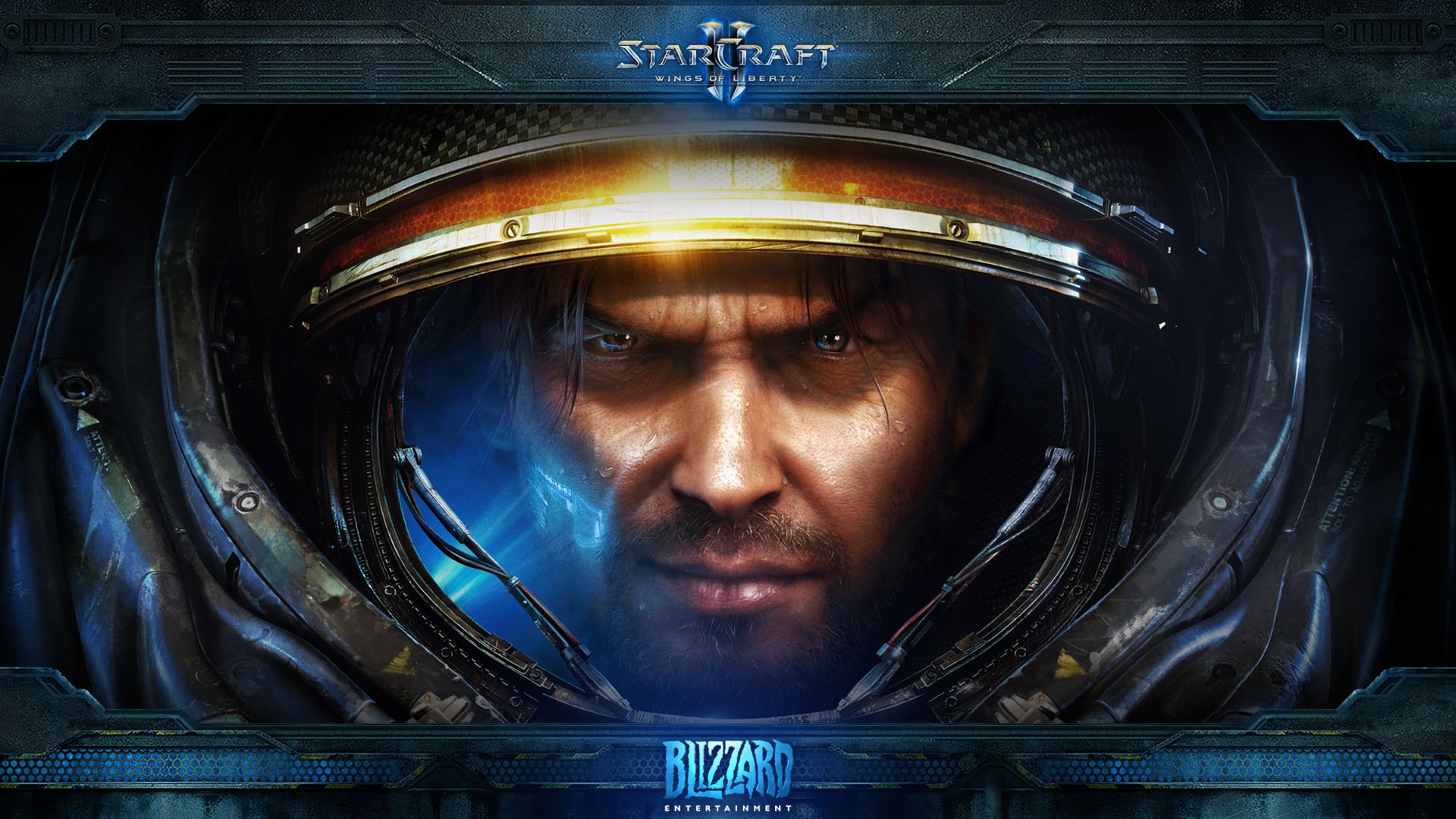

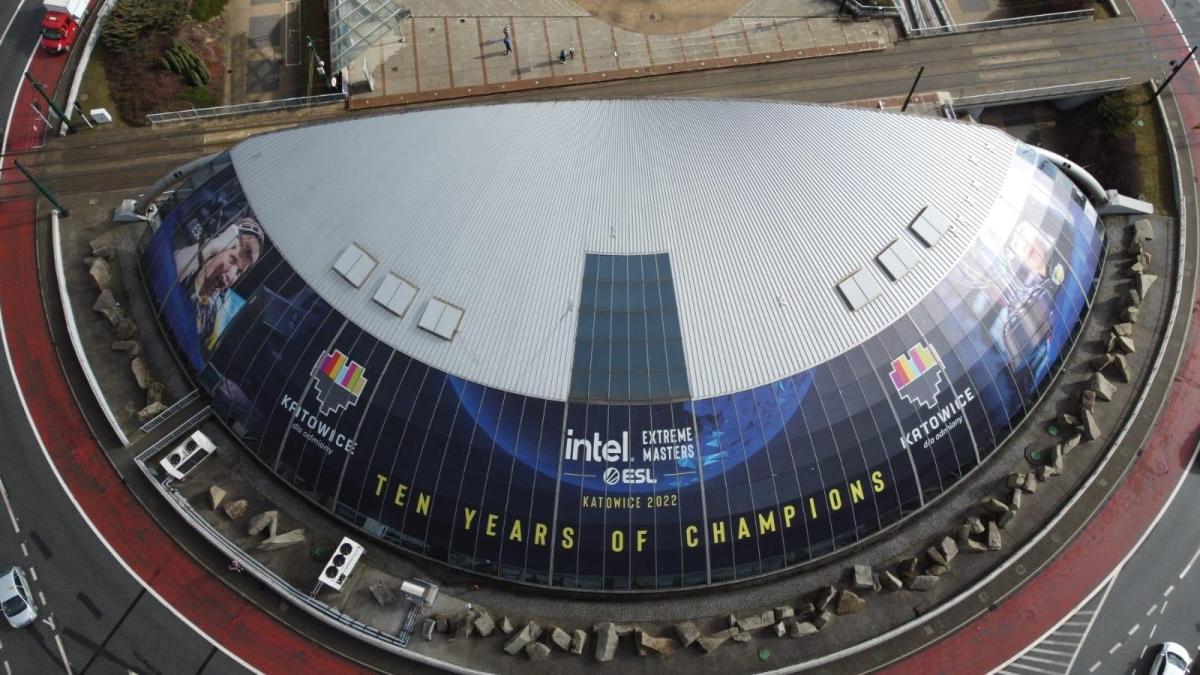
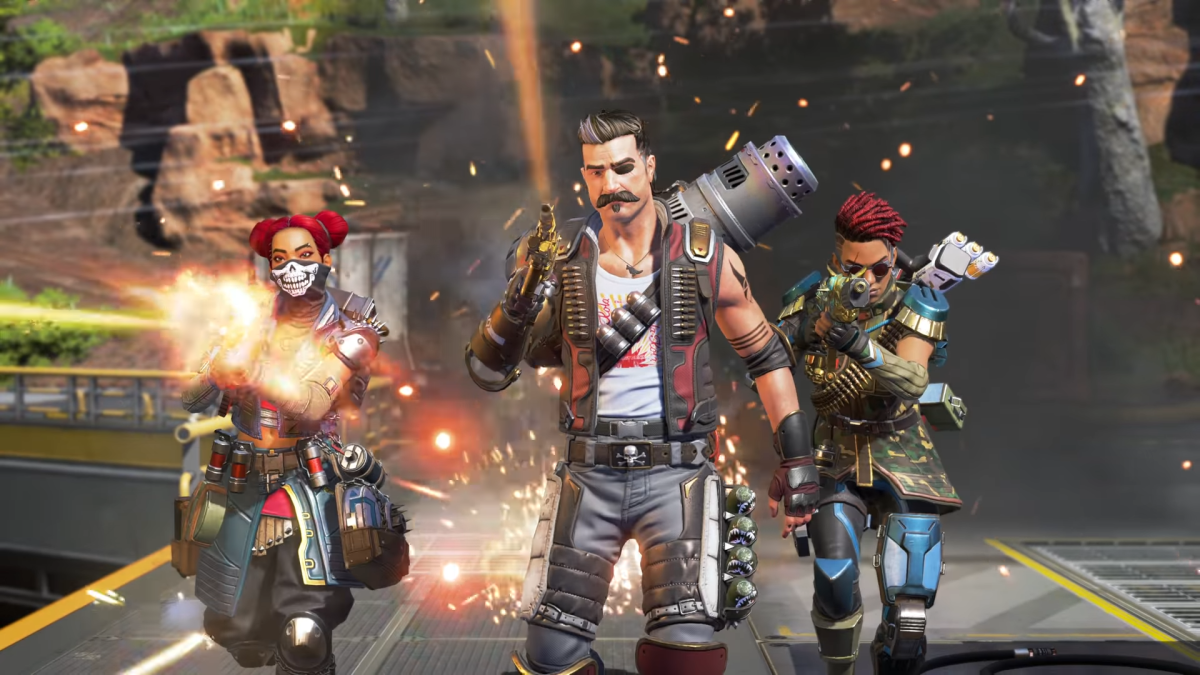
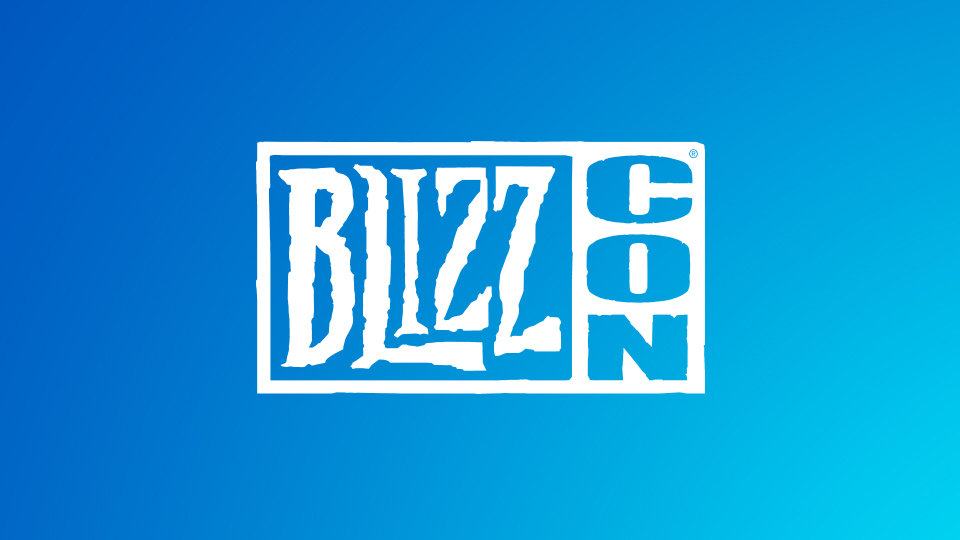
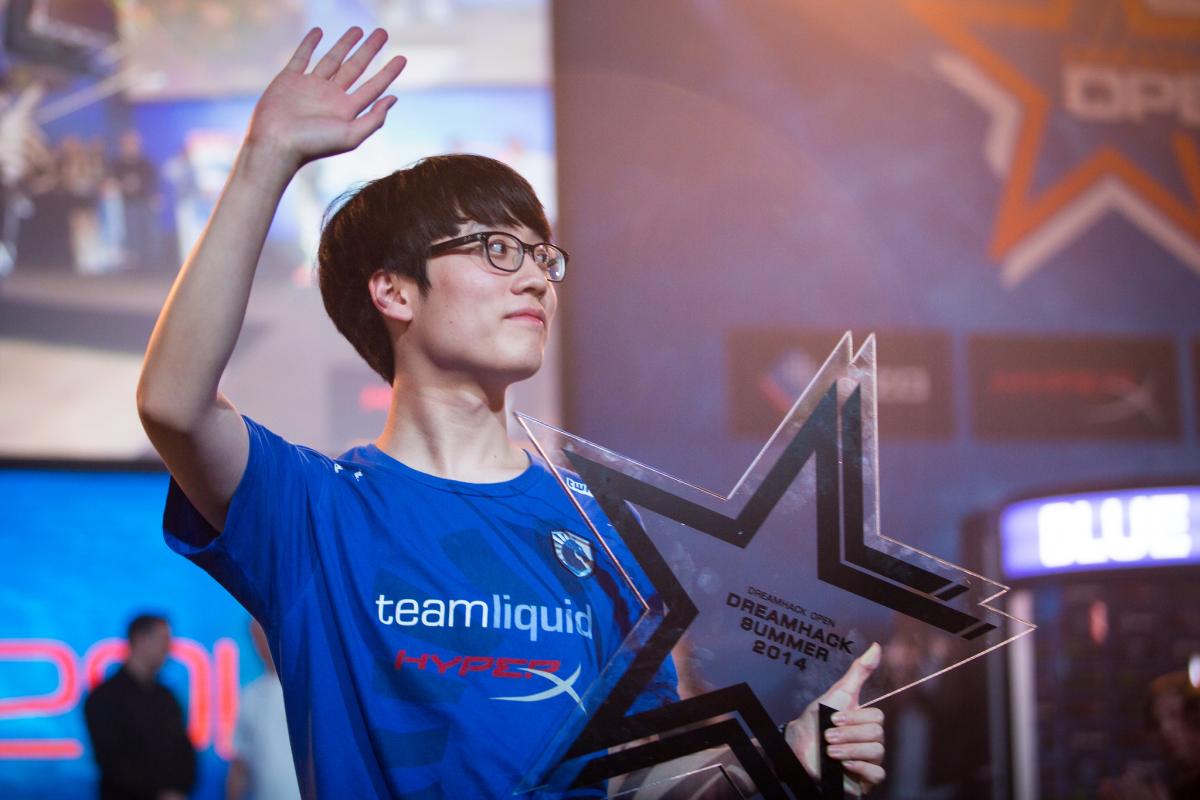
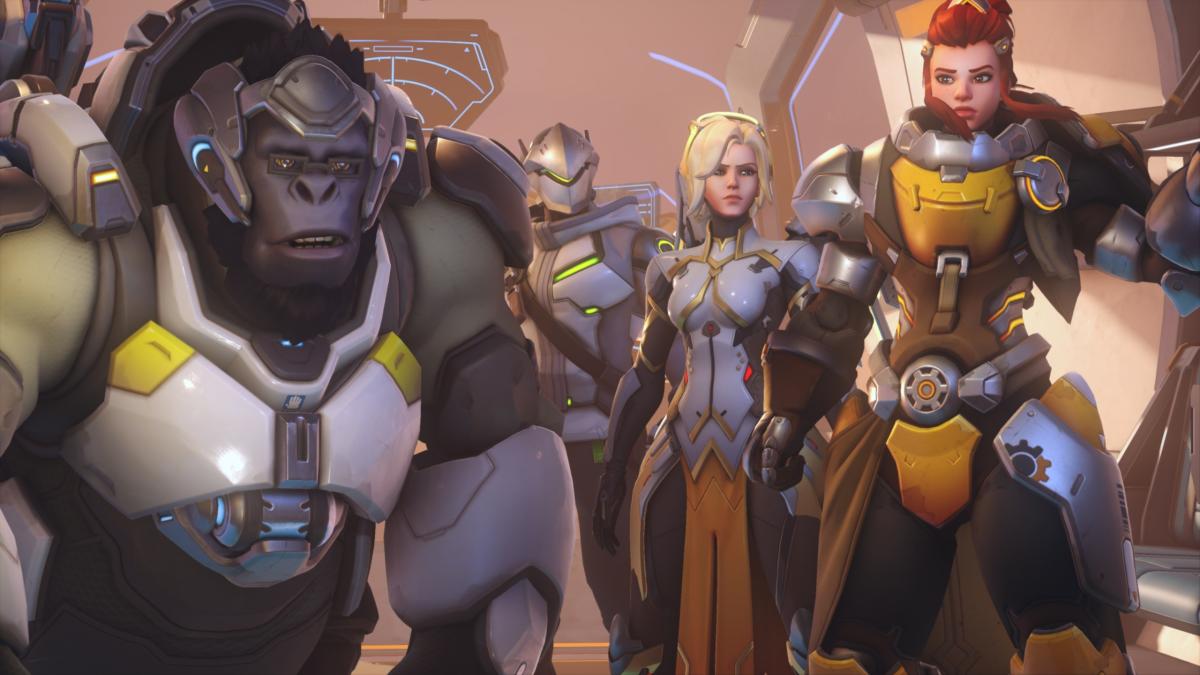
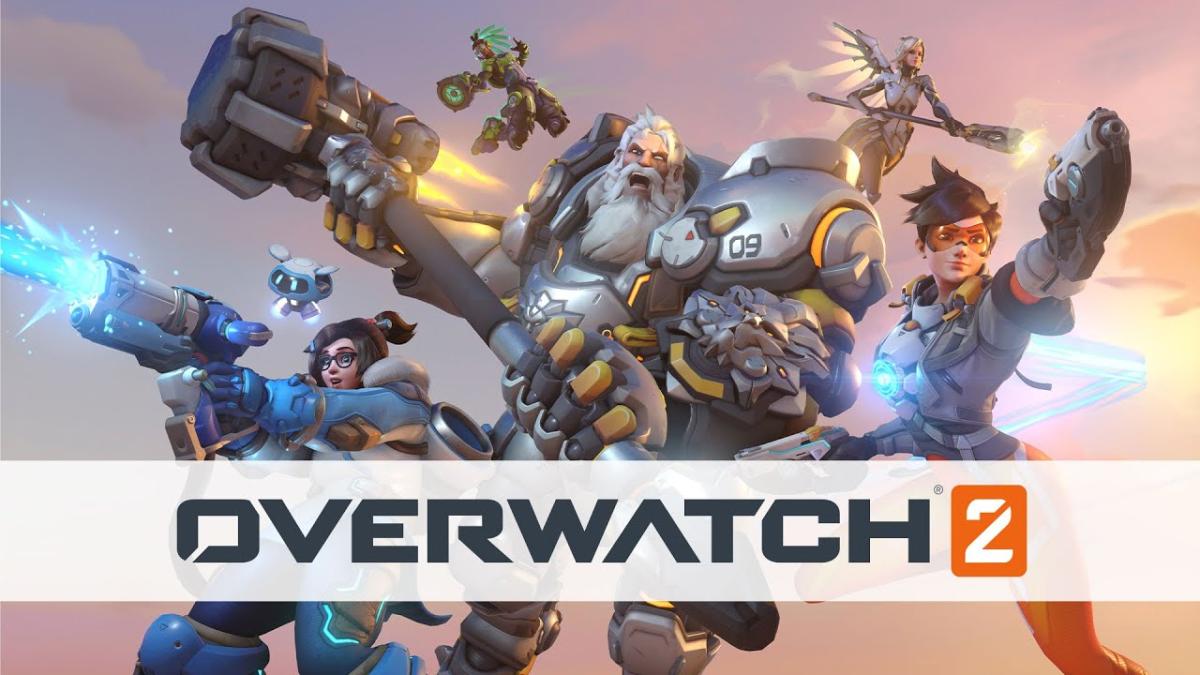


Published: Jan 30, 2014 08:44 am